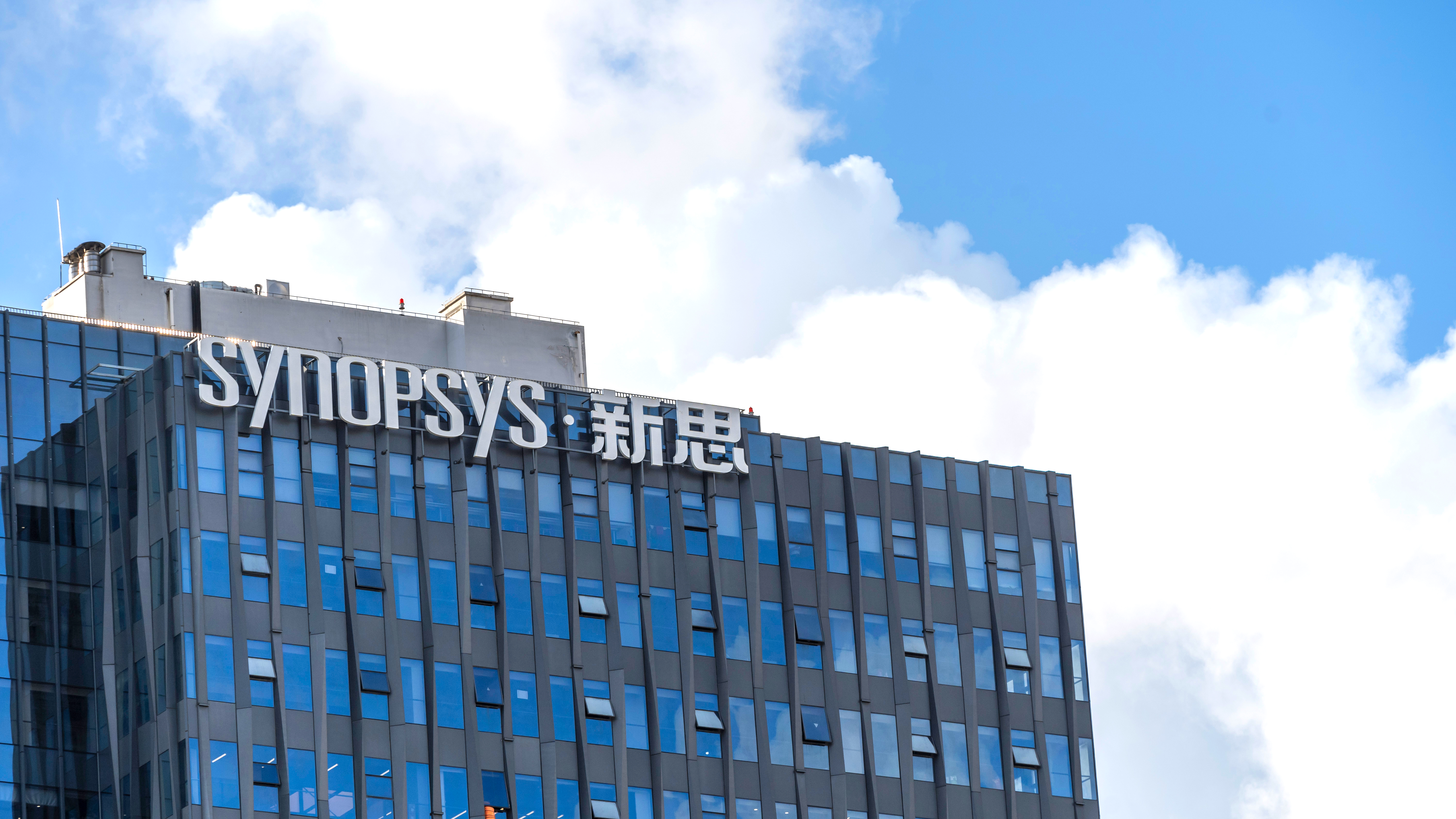
By Li Panpan
Synopsys’ chief strategy officer Antonio Varas said only the Chinese mainland and Taiwan have all the conditions for setting up a fab in a recent video interview with the Spanish paper El País.

He said that TSMC produces 90% of the world’s advanced process chips below 10nm. If there were a Taiwan Straits military conflict, factories around the world may be forced to shut down for three weeks to three months depending on the chip inventory, reported the Spanish paper.
EU passed its Chips Act in February to ensure semiconductor supply resilience and reduce international dependence. Spain plans to invest 12 billion euros in developing the semiconductor industry. The recent signing of the chip bill in the United States will also involve investing $52 billion in fab subsidies.
But Antonio Varas said that it takes several years for a fab to go from planning to mass production, and the semiconductor industry usually forms close cooperation with upstream and downstream manufacturers in the form of industrial clusters. In theory, semiconductor factories can be located worldwide, but in practice, they can only be found in areas with low-cost water and electricity, close to airports, and manufacturers willing to be subsidized. Spain may meet the above environmental conditions, but there is a shortage of high-tech talents. The Chinese mainland and Taiwan meet all the requirements. Whether the United States has the resources required for the semiconductor industry is still to be confirmed. Especially in terms of talents, it is also necessary to plan for talent training and attract overseas talents.
Antonio Varas also noted that the West’s promotion of the development of the semiconductor industry not only considers factors such as the impact of production cuts by manufacturers in the Taiwan region or other military threats but also considers the global market demand. While demand for PCs may taper off in the short term, demand for chips from the smartphone, server, manufacturing, defense, and automotive industries will continue to grow. For example, car sales have not grown, but the increasing number of chips required in each car drives the demand in the automotive semiconductor market.
The investment goal of the semiconductor industry in Western countries is not only self-sufficiency but the establishment of diversified supply sources. The medium and long-term policy goal is to produce most of the chip production capacity outside the Taiwan region, and to avoid too much dependence on Japanese and South Korean companies adjacent to North Korea and China, added him.
RELATED
-
Local governments in China come up with policies to support AI development in 2023
11-17 19:12 -
Chinese top-tier chipmaker HuaHong Semiconductor's net profit plummets 86 percent in the third quarter
11-17 19:11 -
NBS: China’s specialized equipment manufacturing industry for semiconductor devices sees 33.9% surge in value added in October
11-17 17:41
READ MOST

No Data Yet~







